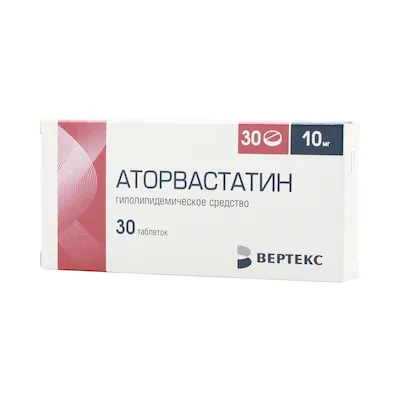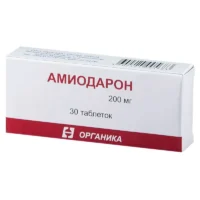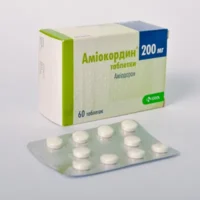Description
Atorvasterol (Atorvastatin) Coated Tablets 10 mg. №30
Ingredients
Each tablet contains 10 mg of atorvastatin.
Mechanism of Action
Atorvastatin works by inhibiting HMG-CoA reductase, an enzyme involved in cholesterol synthesis. By reducing cholesterol production in the liver, atorvastatin lowers plasma cholesterol levels, including low-density lipoprotein (LDL) cholesterol.
Pharmacological Properties
Atorvastatin is a selective, competitive inhibitor of HMG-CoA reductase. It decreases LDL cholesterol and triglycerides while increasing high-density lipoprotein (HDL) cholesterol levels. These lipid-modifying effects help in the prevention of cardiovascular diseases.
Indications for Use
Atorvasterol tablets are indicated for the treatment of hypercholesterolemia to reduce elevated total cholesterol, LDL cholesterol, apolipoprotein B, and triglycerides levels. They are also used to increase HDL cholesterol levels in patients with primary hypercholesterolemia or mixed dyslipidemia.
Contraindications
Avoid taking Atorvasterol if you are pregnant, breastfeeding, or have active liver disease. This medication is contraindicated in patients with hypersensitivity to atorvastatin or any component of the formulation.
Side Effects
Common side effects of Atorvasterol may include muscle pain, weakness, abdominal pain, constipation, and headache. Rare but serious side effects may include myopathy, rhabdomyolysis, and liver dysfunction. Contact your healthcare provider if you experience any adverse reactions.
Usage Instructions
The usual dosage of Atorvasterol ranges from 10 mg to 80 mg once daily, as prescribed by your healthcare provider. The tablets can be taken with or without food, preferably in the evening. It is essential to adhere to the recommended dosage and follow your doctor’s instructions.
Benefits Compared to Analogues
Atorvasterol, containing atorvastatin as the active ingredient, offers superior efficacy in reducing LDL cholesterol levels compared to other statins. Its proven ability to increase HDL cholesterol and decrease triglycerides makes it a preferred choice for managing dyslipidemia and reducing cardiovascular risk.
Suitable Patient Groups
Atorvasterol is suitable for adult patients with hypercholesterolemia or mixed dyslipidemia requiring lipid-lowering therapy. It is also beneficial for elderly patients at risk of cardiovascular events and individuals with a history of coronary artery disease.
Storage and Shelf Life
- Storage: Keep Atorvasterol tablets at room temperature, protected from moisture and heat. Store them in a dry place away from direct sunlight.
- Shelf Life: Check the expiration date on the packaging. Do not use Atorvasterol tablets after the expiry date mentioned.
Packaging Description
Atorvasterol tablets are available in blister packs containing 30 coated tablets. The packaging is designed to ensure the stability and integrity of the tablets, protecting them from external factors that may affect their quality.





